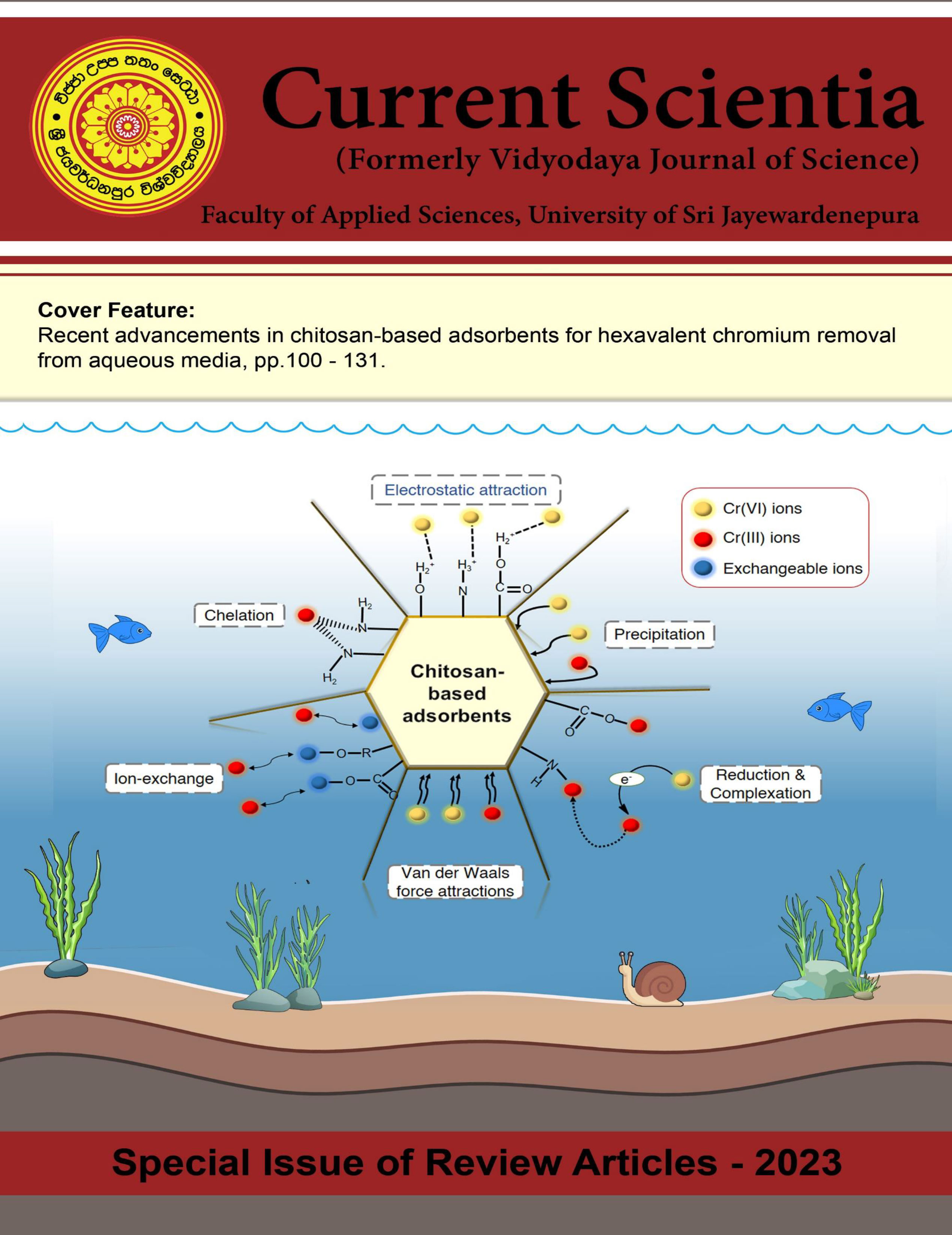Complexes of N, N- and N, N, N- Sulfonamide Ligands as Therapeutic and Diagnostic Agents
DOI:
https://doi.org/10.31357/vjs.v1is1.6707Abstract
Ethylenediamine, diethylenetriamine and dipicolylamine have been used as the carrier ligands to synthesize bidentate (N,N) or tridentate (N,N,N) chelate systems that coordinate with metal centers. The terminal amine groups of ethylenediamine and diethylenetriamine and the central amine group of dipicolylamine can be easily substituted to give sulfonamide ligands having bulky aromatic fragments. In the formation of metal sulfonamides, the sulfonamide nitrogens of primary or secondary sulfonamides
deprotonate and coordinate with metal centers forming M-N bonds while the free amines coordinate to metal centers through lone pairs. The reported synthetic approaches and the properties of these complexes and ligands are discussed in this review. The bulky sulfonamide moieties bring about unique biological features to the ligand system while enhancing the fluorescent properties of the ligand. The metal center itself incorporates interesting biological features to the complex. These properties of the metal center and
the ligand show a synergistic effect in the complexes that may come in handy when designing therapeutic or diagnostic agents. The increased lipophilicity of the ligands and thereby the complexes will ensure better uptake by target cells making them ideal candidates for biological applications.
Keywords: Sulfonamide, ethylenediamine, diethylenetriamine, dipicolylamine




